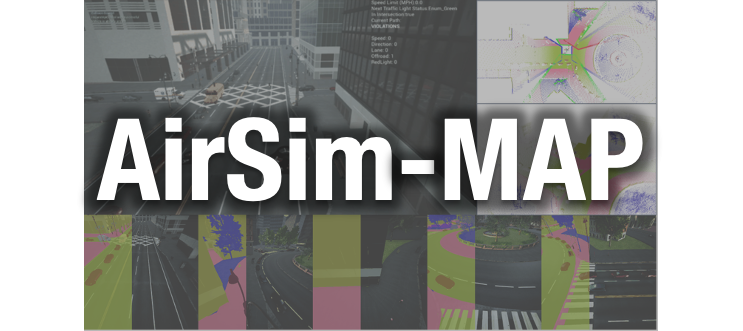When2com: Multi-Agent Perception via Communication Graph Grouping
This is the PyTorch implementation of our paper:
When2com: Multi-Agent Perception via Communication Graph Grouping
Yen-Cheng Liu, Junjiao Tian, Nathaniel Glaser, Zsolt Kira
IEEE Conference on Computer Vision and Pattern Recognition (CVPR), 2020
Prerequisites
- Python 3.6
- Pytorch 0.4.1
- Other required packages in
requirement.txt
Getting started
Download and install miniconda
wget https://repo.anaconda.com/miniconda/Miniconda3-latest-Linux-x86_64.sh
bash Miniconda3-latest-Linux-x86_64.sh
Create conda environment
conda create -n semseg python=3.6
source actviate semseg
Install the required packages
pip install -r requirements.txt
Download AirSim-MAP dataset and unzip it.
- Download the zip file you would like to run
Move the datasets to the dataset path
mkdir dataset
mv (dataset folder name) dataset/
Training
# [Single-request multi-support] All norm
python train.py --config configs/srms-allnorm.yml --gpu=0
# [Multi-request multi-support] when2com model
python train.py --config configs/mrms-when2com.yml --gpu=0
Testing
# [Single-request multi-support] All norm
python test.py --config configs/srms-allnorm.yml --model_path <your trained weights> --gpu=0
# [Multi-request multi-support] when2com model
python test.py --config configs/mrms-when2com.yml --model_path <your trained weights> --gpu=0
Acknowledgments
- This work was supported by ONR grant N00014-18-1-2829.
- This code is built upon the implementation from Pytorch-semseg.
Citation
If you find this repository useful, please cite our paper:
@inproceedings{liu2020when2com,
title={When2com: Multi-Agent Perception via Communication Graph Grouping},
author={Yen-Cheng Liu and Junjiao Tian and Nathaniel Glaser and Zsolt Kira},
booktitle={Proceedings of the IEEE Conference on Computer Vision and Pattern Recognition (CVPR)},
year={2020}
}



